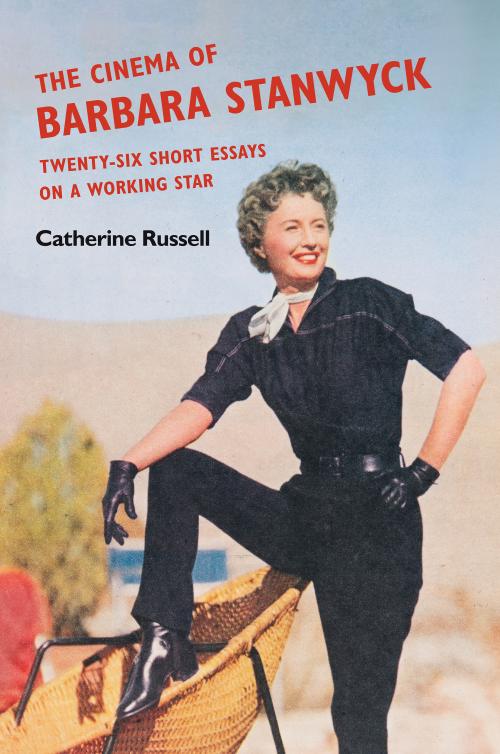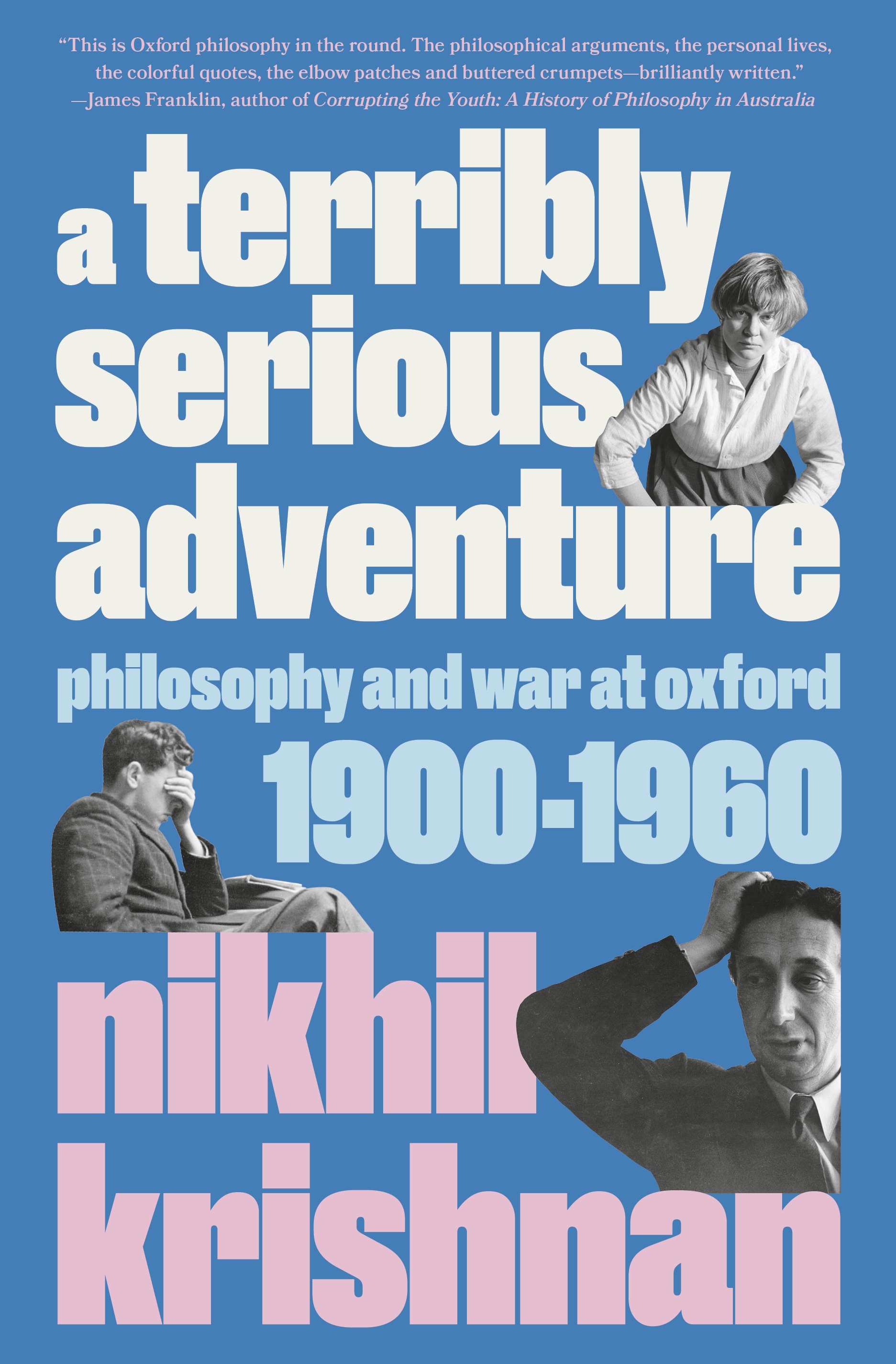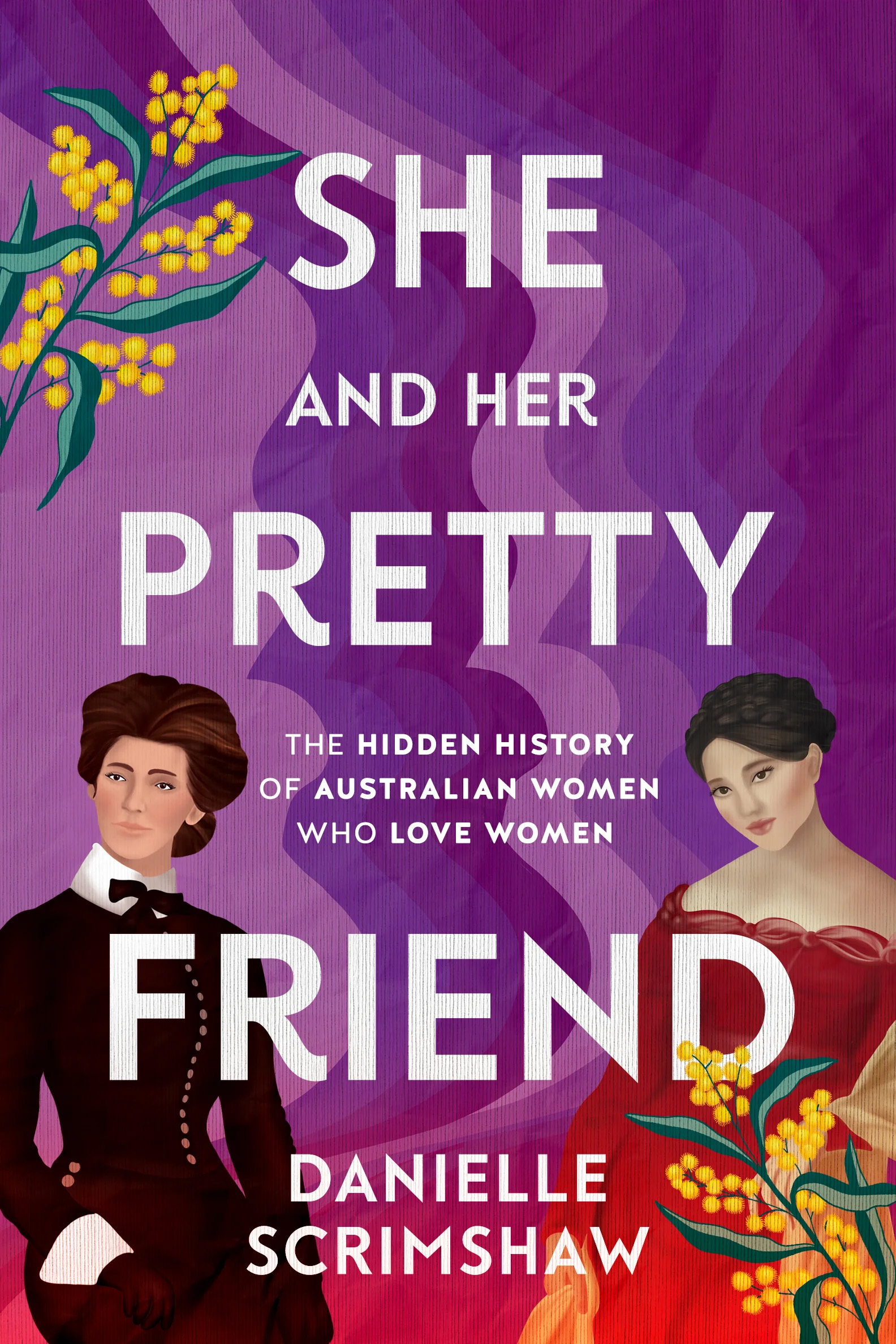History
Essentially a creative critical biography, The Cinema of Barbara Stanwyck belongs to a greater project of re-examining Hollywood and decentring the phallocentrism of film history. It is the latest book in the series Women’s Media History Now! which focuses on the unexplored work of women in film. Established in 2009, this series became even more timely with the advent of #MeToo and with books such as Helen O’Hara’s call to arms, Women vs Hollywood (2021). The purpose of this new women’s media history is, according to Catherine Russell, to seek out its ‘absent’ or ‘lost’ women protagonists. Barbara Stanwyck (1907–90) may be neither absent nor lost. Indeed, as Russell admits, there is a wealth of material on Stanwyck, including monographs, biographies, and entire archives dedicated to her, and her films are still shown regularly in cinemas, on digital platforms, and on free-to-air television. Nonetheless, Russell argues that Stanwyck has been undervalued as a creative force in the films she helped make memorable. Hence the curious title of the book, which seems more suited to the study of a director than an actress. Russell sets out to show how Stanwyck ‘made’ films by making herself a master of her craft.
... (read more)A Terribly Serious Adventure: Philosophy and war at Oxford 1900–1960 by Nikhil Krishnan
This is an entertaining family biography of Oxford philosophy from 1900 to 1960. Nikhil Krishnan has mined various autobiographies and reminiscences to craft a series of biographical sketches, anecdotes, and snapshots of philosophy at Oxford during the twentieth century. He has traced the connections, legacies, and disagreements among the philosophers, demonstrating how, over the years, pupils came to inherit the chairs of the professors who had trained them, passing on certain attitudes and practices, characteristic of the Oxford way of doing things.
... (read more)'Not everyone wants to hear about the Holocaust. It’s easier to read Anne’s diary.’ As a survivor of the Shoah, Hannah Pick-Goslar was acutely aware of this piteous truth. She made the statement during a 1998 interview marking the release of a children’s book about her close friendship with Anne Frank and her own remarkable survival. For the countless readers familiar with Frank’s diary, Hannah (referred to as Lies, a pseudonym linked to her nickname) is a recurring presence. There are diary entries in which a distressed Anne, rightly assuming that Hannah is not in hiding, beseeches God to watch over her friend so that she may live to the end of the war. In history and this book’s wake, these passages are rendered even more bitterly tragic.
... (read more)Angus Trumble, who died suddenly last October, was a towering figure with a slight sideways tilt to his head. In his famously dandyish attire he might have stepped out of a Max Beerbohm cartoon, and appropriately so given his expertise in Victorian and Edwardian art. Trumble’s latest, and last, subject also chimes with one of Beerbohm’s earliest literary ventures, ‘A Defence of Cosmetics’, published in 1894.
... (read more)War and Punishment by Mikhail Zygar & Russia's War Against Ukraine by Mark Edele
The political scientist Karl Deutsch once said that a nation is a group of people united by a mistaken view about the past. These two new accounts of the history of relations between Russia and Ukraine, and the nationalist distortions of that history, would seem to bear him out. Vladimir Putin’s historical arguments for the war against Ukraine are widely accepted by his fellow countrymen and women, prompting the Russian journalist Mikhail Zygar to argue, in War and Punishment, that this ‘imperialist’ history is ‘inherently addictive’ and ‘our disease’. But this is not a vice unique to Russians: the Australian historian Mark Edele points out, in Russia’s War Against Ukraine, that Ukrainian governments have also indulged in a ‘clumsy politics of memory’ by celebrating anti-Semitic, anti-Polish, and anti-Russian nationalists.
... (read more)Clare Wright’s letter in response to Bain Attwood (ABR, August 2023) should profoundly disturb and unsettle anyone in this country concerned about the survival of active, rigorous, and engaged historical scholarship.
... (read more)Psychonauts: Drugs and the making of the modern mind by Mike Jay
In his 1927 essay ‘On Being One’s Own Rabbit’, the British-Indian scientist and writer J.B.S. Haldane surveyed the history of an enduring but contentious approach to scientific discovery: self-experimentation. At the age of eight, Haldane tested poison gases on himself in his scientist father’s home laboratory. As an adult, among other self-experiments occasioning losses of consciousness from ‘blows on the head, from fever, anaesthetics, want of oxygen and other causes’, he once induced sufficiently high levels of oxygen saturation to suffer a violent seizure and the crushing of several vertebrae.
... (read more)Cruel Care: A history of children at our borders by Jordana Silverstein
The historian Jordana Silverstein’s masterful new book, Cruel Care, begins with an account of the Murugappan family. Many Australians will remember this family: the hard-working parents seeking asylum from Sri Lanka, and their two Australian-born children, taken from their home in Biloela by the Australian government at five o’clock one morning in 2018. The family was detained for four years in Melbourne and Perth and on Christmas Island. The case was so drawn out that, in the rare photographs released to the public, we saw the children growing up. Their treatment was illogical, unjust, unkind, and expensive, and provoked a sharp emotional response from the public.
... (read more)Untied Kingdom: A global history of the end of Britain by Stuart Ward
Two of my favourite images in Stuart Ward’s important new book reproduce black-and-white photographs. One captures the life-sized butter sculpture of the prince of Wales and his favourite Canadian horse, the star exhibit of the 1924 Empire Exhibition at Wembley. The other shows a group of protesters in London in 1973 contesting European Economic Community restrictions on imports of Commonwealth cane sugar from the West Indies and Queensland. Most of the faces in the picture are obscured, but the body language of a man to the left of the frame, slumped over his hand-rendered ‘Beat Beet. Keep Cane’ placard, communicates depression and dejection.
... (read more)She and Her Pretty Friend is a collation of stories about lesbians in Australian history, ranging from the convict women of the ‘flash mob’ in Hobart’s Cascades prison to the lesbian separatists of the 1983 Pine Gap Peace Camp. Along the way, the reader meets a couple who farmed together in the 1840s, another couple who taught swimming and started the first women-only gym in Melbourne in 1879, as well as one of the first women doctors and her lifelong companion, who both served at the Scottish Women’s Hospital in Serbia in 1916. There are other figures, like poet Lesbia Harford and her muse, Katie Lush, or suffragist Cecilia John, who rode on horseback, dressed in suffrage colours, at the head of a march of more than 4,000 women and children (Danielle Scrimshsaw credits her with ‘queering the suffrage movement’). A chapter on Eve Langley and other ‘passing women’ prompts questions about whether they would have seen themselves as transgender, in today’s parlance.
... (read more)










